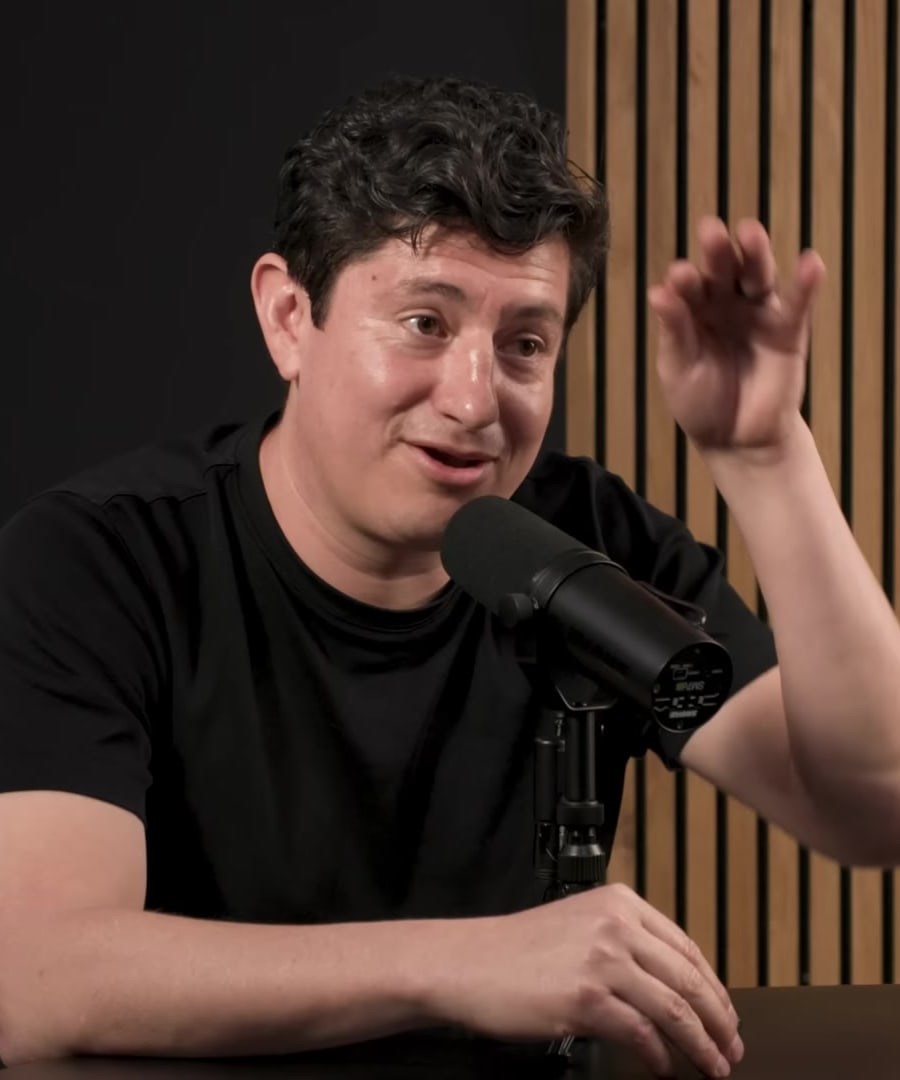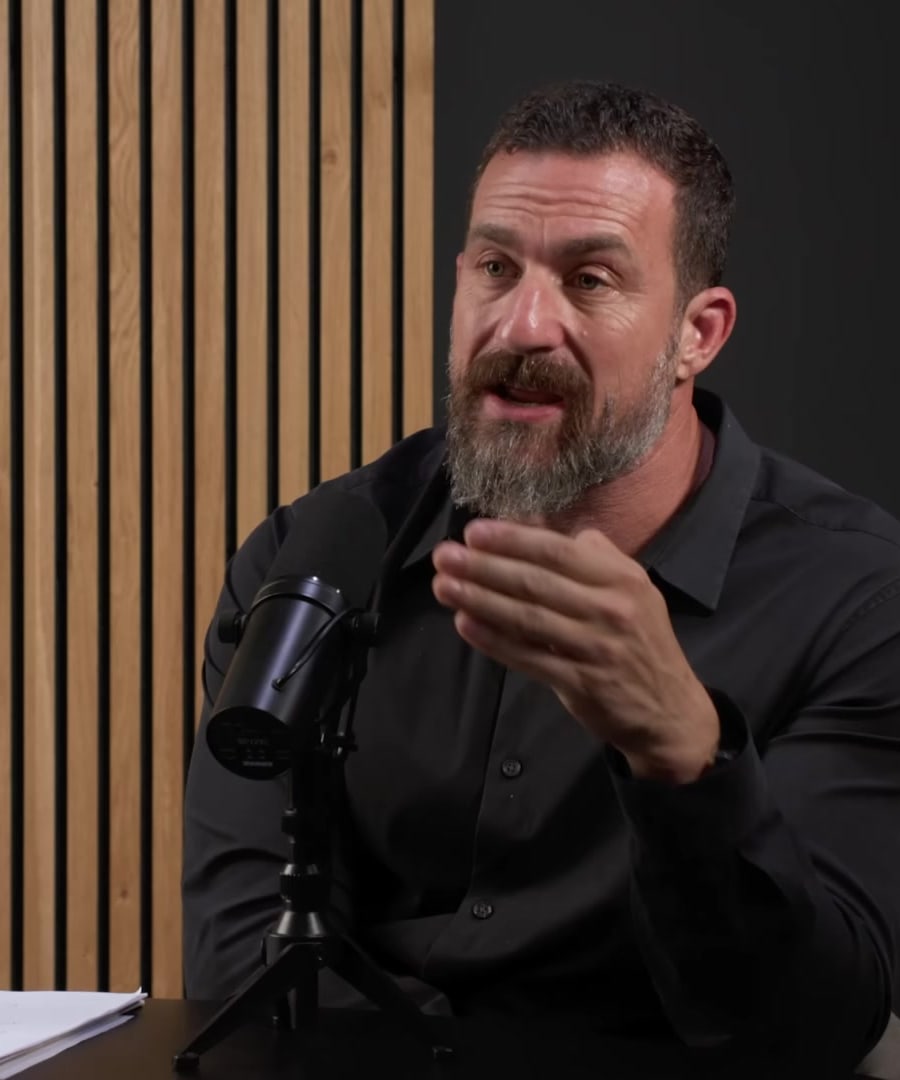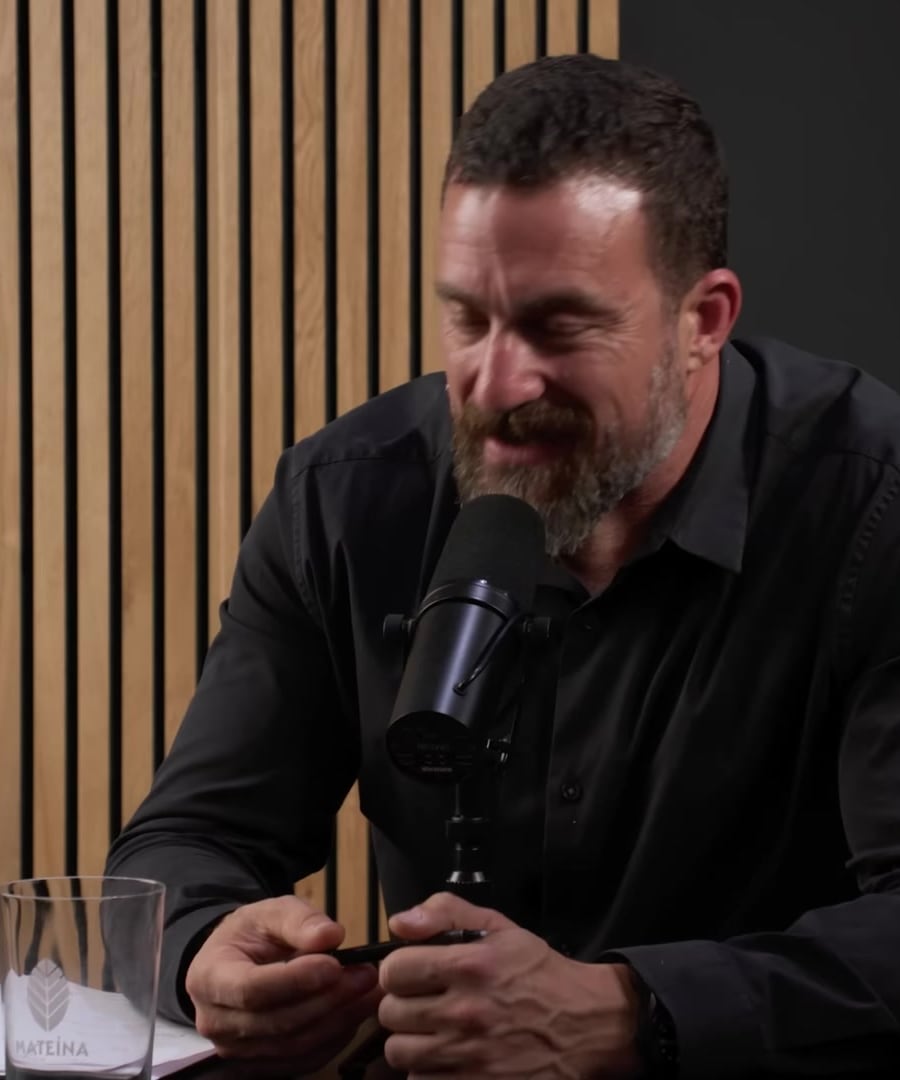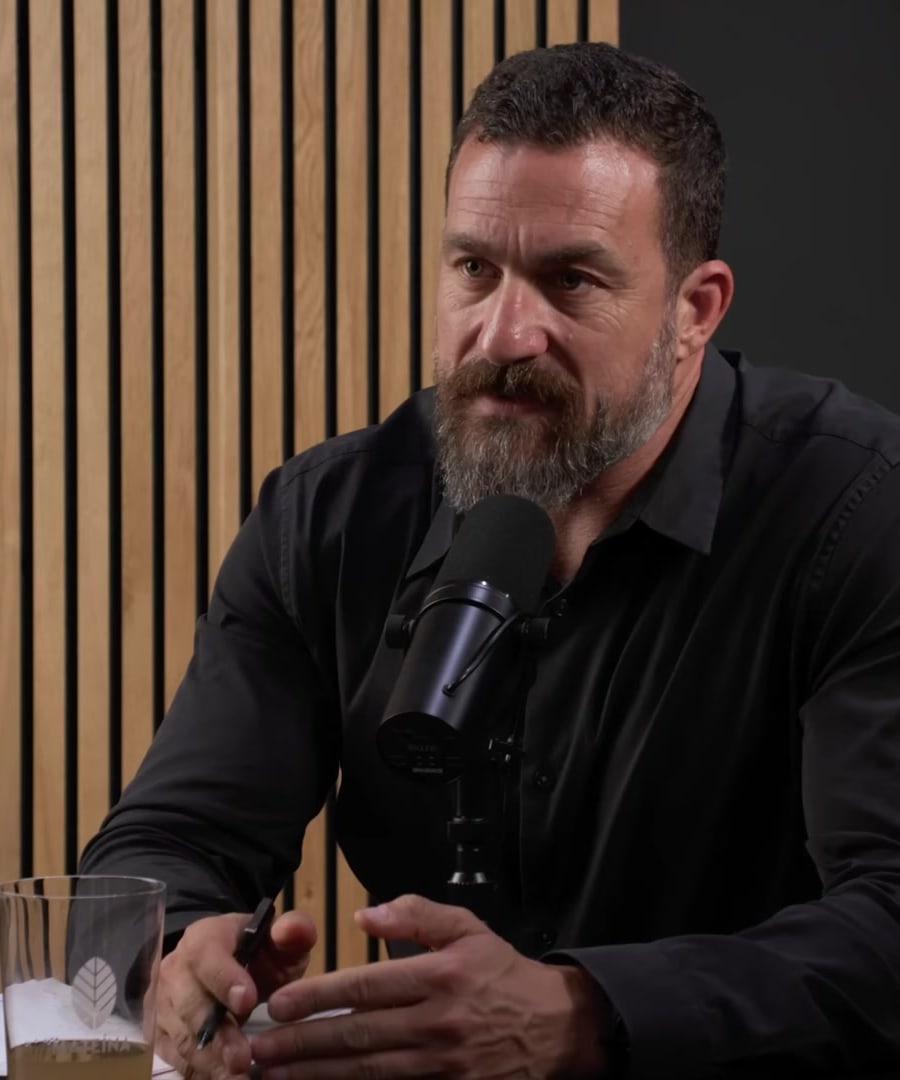Summarize episode Dr. Diego Bohórquez: The Science of Your Gut Sense & the Gut-Brain Axis
Sources:
The episode titled "Dr. Diego Bohórquez: The Science of Your Gut Sense & the Gut-Brain Axis" from the explores the intricate connections between our gut and brain. Here are the key insights:
-
Gut-Brain Connection: discusses the historical view of the gut-brain axis, emphasizing that initial theories focused solely on hormonal interactions. The conversation then shifts to a modern understanding where sensory cells in the gut detect the external environment and directly communicate with the brain, highlighting the gut's unique position as an organ exposed to the outside world 1.
-
Sensory Mechanisms: Bohórquez describes sensory cells in the gut, which detect chemicals and send signals directly to the brain. This pathway highlights how the gut influences our feelings and cognition 2.
-
Intuition and Decision-Making: The discussion touches on how gut sensations can inform higher-order decision-making processes. Bohórquez and explore how intuitive "gut feelings" are influenced by subconscious experiences and the gut’s direct communication with the brain through the vagus nerve 3.
-
Influence on Health and Emotions: The episode also underscores the broader implications of gut sensing for health and emotional well-being. There's an emphasis on becoming more aware of gut feelings to better navigate life's choices 4.
Overall, the conversation provides a profound look at how our gut senses and communicates with our brain, influencing everything from our cravings to our mental health and decision-making processes.
RELATED QUESTIONS-
What were the key topics covered?
The episode "" covered a range of topics centered around the interconnection between the gut and the brain, including:
- Gut Sensing Architecture and Gut-Brain Connection: Various aspects of how the gut senses and communicates with the brain using neural circuitry.
- Gut Neuropods and Sensory Cells: Focus on specialized cells in the gut that sense environmental cues and relay information to the brain.
- Sugar Cravings and Gut Sensing: Explorations into how the gut can influence preferences for sweet foods and dietary choices.
- Gastric Bypass Surgery and GLP-1: Discussion on surgical interventions in the gut and their impact on brain function, as well as the role of glucagon-like peptide in neural-endocrine signalling.
- Gut Microbiome Insights: Understanding the relationship between gut flora and the brain, and how diet affects this interplay.
- Nutritional Instincts and Dietary Influences: Discussion on how the gut communicates essential information about nutritional needs and influences eating behaviors.
- Neural and Vagus Nerve Insights: Examination of how the gut directly interfaces with the nervous system via the Vagus nerve to affect mental and physical health.
These discussions aim to provide a deeper understanding of the "gut sense" and how gut health substantially affects overall wellbeing, mental health, and decision-making processes.
RELATED QUESTIONSHow does GLP-1 affect the brain?
Sources:
Glucagon-like peptide-1 (GLP-1) plays a significant role in the brain's regulation of appetite and hunger. According to Dr. Diego Bohórquez, GLP-1 acts both at the hypothalamus level in the brain to reduce hunger and at the gut level by contributing to the sensation of gastric distension. Notably, the effect of GLP-1 is not primarily through circulation but acts in a localized manner on the nerve fibers, specifically the vagus nerve.
GLP-1 is released by neuroendocrine cells in response to food intake, especially sugars, and then acts on specific receptors found on nerve terminals. This action triggers behavioral responses linked to eating, such as the reduction of appetite. Furthermore, these cells release GLP-1 in a cyclical, circadian manner, influencing feeding patterns and satiety over time. This helps modulate the balance between immediate food intake and longer-term appetite management, contributing to the regulation of dietary behaviors and energy balance 1.
RELATED QUESTIONS
Summarize episode Dr. Diego Bohórquez: The Science of Your Gut Sense & the Gut-Brain Axis
- RELATED QUESTIONS
What were the key topics covered?
- RELATED QUESTIONS
How does GLP-1 affect the brain?
- RELATED QUESTIONS




